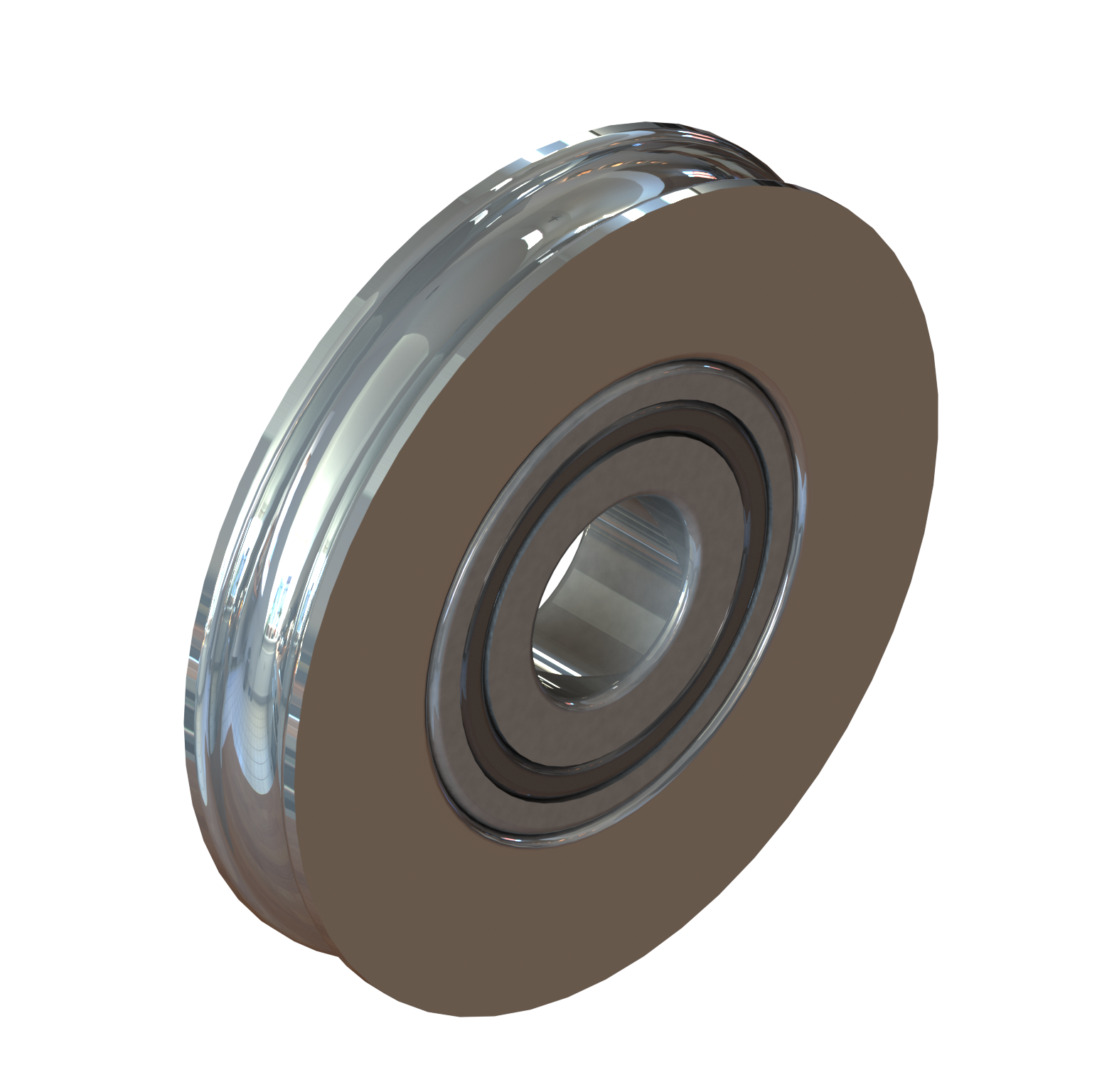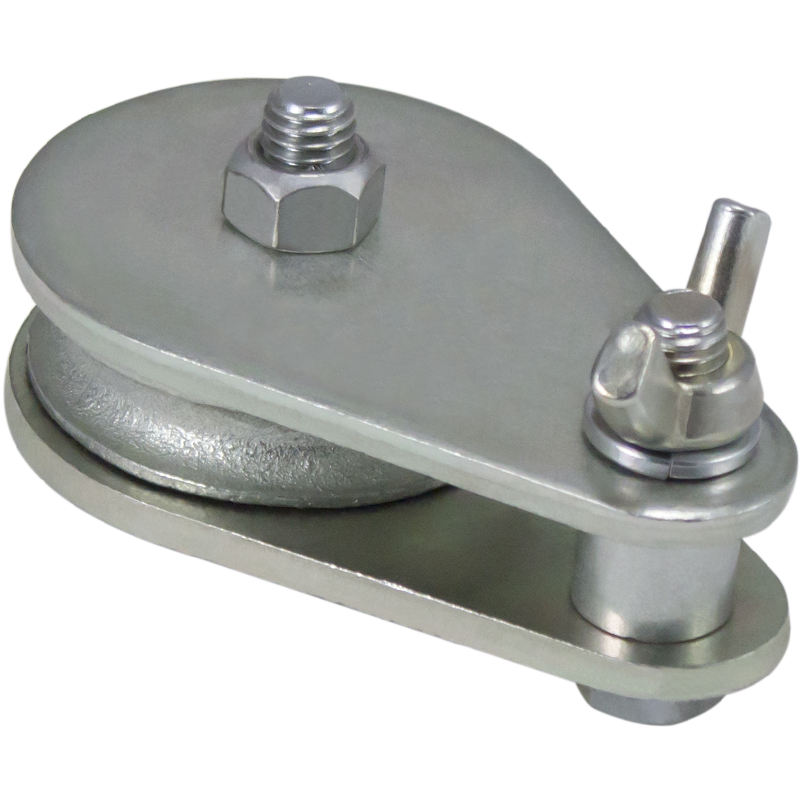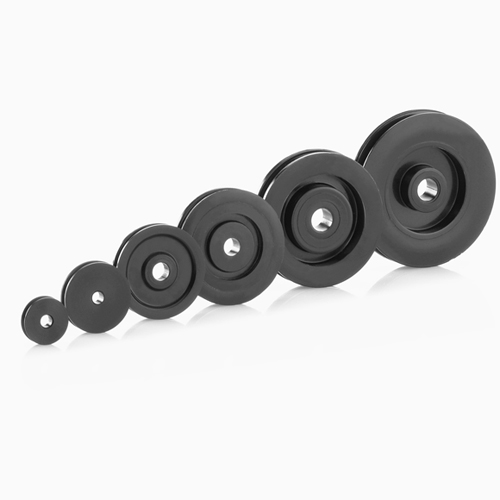Product Description
Belt pulley Tensioner Cable Machine Chain Rope Timing V- Belt Pulleys Manufacturer Industrial
pulley machine
1) V-Belt pulleys for taper bushes
SPZ
|
SPA
|
SPB
|
SPC
|
2)V-belt pulleys with CHINAMFG hub
SPZ
|
SPA
|
SPB
|
SPC
|
3) Adjustable Speed V-belt pulleys prebored and for taper bushes
| Type | Profile |
| 5VS092-1 | 10X6 SPZ |
| 5VS093-1 | 10X6 13X8 |
| 5VS108-1 | 10X6 13X8 SPZ SPA |
| 5VS120-1 | 10X6 13X8 SPZ SPA |
| 5VS138-1 | 10X6 13X8 SPZ SPA |
| 5VS159-1 | 10X8 SPA |
| 5VS180-1 | 10X8 17X11 SPA SPB |
| 5VS120-2 | 10X6 13 X8 SPZ SPA |
| 5VS138-2 | 10X6 13 X8 SPZ SPA |
| 5VS159-2 | 13X8 SPA |
| 5VS180-2 | 13X8 17X11 SPA SPB |
| 5VS200-2 | 13X8 17X11 SPA SPB |
| 5VS250-2 | 13X8 17X11 SPA SPB SPC |
/* January 22, 2571 19:08:37 */!function(){function s(e,r){var a,o={};try{e&&e.split(",").forEach(function(e,t){e&&(a=e.match(/(.*?):(.*)$/))&&1
| Certification: | CE, ISO |
|---|---|
| Pulley Sizes: | Type A |
| Manufacturing Process: | Casting |
| Material: | Iron |
| Surface Treatment: | Phosphating |
| Application: | Chemical Industry, Grain Transport, Mining Transport, Power Plant |
| Samples: |
US$ 9999/Piece
1 Piece(Min.Order) | |
|---|

How are cable pulleys used in the operation of cranes and hoists?
Cable pulleys play a crucial role in the operation of cranes and hoists. They are an integral part of the lifting mechanism, providing support, guidance, and control for the cables used in these systems. Cable pulleys contribute to the efficient and safe operation of cranes and hoists. Here is a detailed explanation of how cable pulleys are used in the operation of cranes and hoists:
- Lifting Mechanism: Cranes and hoists utilize cable and pulley systems to lift and move heavy loads. The cables are attached to the load and are routed through a series of pulleys. The pulleys are strategically positioned to guide the cables along the desired path. As the cables move, the load is lifted or lowered accordingly. The cable pulleys ensure that the cables are properly aligned and prevent them from tangling or coming off the pulleys. This enables controlled and precise lifting and lowering of loads.
- Load Distribution: Cable pulleys in cranes and hoists help distribute the load weight evenly across the cables. The load is typically attached to multiple cables, and the pulleys ensure that each cable carries its fair share of the weight. This even distribution of load prevents excessive stress on individual cables, reducing the risk of cable failure or system instability. The cable pulleys contribute to the overall balance and stability of the lifting operation.
- Tension Control: Cable pulleys assist in controlling the tension in the lifting cables. Proper tension is crucial for safe and efficient lifting operations. The pulleys are designed to maintain the appropriate tension in the cables during the lifting and lowering processes. They help prevent slack or excessive tension in the cables, ensuring smooth and controlled movement of the load. The tension control provided by the cable pulleys enhances the safety and stability of the crane or hoist operation.
- Directional Control: Cable pulleys enable directional control of the load movement in cranes and hoists. By guiding the cables along specific paths, the pulleys determine the direction of the load. The pulleys can be positioned in various configurations to achieve the desired movement, such as vertical lifting, horizontal shifting, or rotation. This directional control allows for precise positioning and placement of the load, enhancing the versatility and functionality of cranes and hoists.
- Multiple Line Systems: In some cranes and hoists, multiple cables and pulleys are employed to increase lifting capacity or provide additional stability. These systems, known as multiple line systems, consist of several cables connected to the load and routed through corresponding pulleys. The cable pulleys guide and support the multiple lines, ensuring synchronized movement and load distribution. This arrangement enables the lifting of heavier loads while maintaining balance and control.
- Maintenance and Safety: Regular maintenance of cable pulleys is essential for the safe and efficient operation of cranes and hoists. Inspections should be conducted to check for any signs of wear, damage, or misalignment. Lubrication should be applied to the pulleys as recommended by the manufacturer to ensure smooth operation and prevent corrosion. Proper tensioning of the cables should be maintained. Any issues with the cable pulleys or cables should be addressed promptly to avoid potential safety hazards.
In summary, cable pulleys are vital components in the operation of cranes and hoists. They contribute to the lifting mechanism, load distribution, tension control, directional control, and multiple line systems. Proper maintenance of the cable pulleys is essential for ensuring their optimal performance and safety in crane and hoist operations.

How does the design and size of a cable pulley impact its performance?
The design and size of a cable pulley have a significant impact on its performance in various applications. The specific design features and dimensions of a cable pulley determine its load-bearing capacity, efficiency, durability, and overall effectiveness. Here is a detailed explanation of how the design and size of a cable pulley can impact its performance:
- Load-Bearing Capacity: The design and size of a cable pulley directly affect its load-bearing capacity. A well-designed pulley with a larger size and robust construction can withstand higher loads without deformation or failure. The materials used, such as high-strength alloys or reinforced polymers, contribute to the pulley's load-bearing capacity. The design should also consider factors like the angle of wrap, cable diameter, and the expected load distribution to ensure optimal load-bearing performance.
- Efficiency: The design and size of a cable pulley impact its efficiency in transmitting force and motion. A well-designed pulley with smooth surfaces, low friction materials, and precision bearings reduces energy losses and minimizes the effort required to move the load. The size and shape of the grooves or channels on the pulley should be optimized to ensure proper engagement with the cable and minimize slippage. A properly designed pulley promotes efficient power transmission and enhances overall system performance.
- Durability: The design and size of a cable pulley influence its durability and longevity. A pulley designed with sturdy materials and robust construction can withstand repeated loading, high tension, and harsh operating conditions without deformation, wear, or premature failure. The size and thickness of the pulley's components, such as the rim, hub, and spokes, should be appropriately proportioned to ensure sufficient strength and resistance to fatigue. A well-designed and adequately sized pulley will have a longer service life and require less frequent replacement or maintenance.
- Friction and Heat Generation: The design and size of a cable pulley impact the friction and heat generated during operation. Friction between the cable and the pulley can result in energy losses and heat buildup, which can affect the performance and lifespan of the pulley. A well-designed pulley with smooth surfaces, proper alignment, and suitable materials can minimize friction and heat generation. The size of the pulley should be optimized to ensure adequate contact area with the cable, reducing localized pressure and minimizing frictional losses.
- Alignment and Tracking: The design and size of a cable pulley influence its ability to maintain proper alignment and tracking of the cable. A well-designed pulley with precise dimensions, smooth edges, and accurate machining helps keep the cable centered and aligned. Proper alignment ensures smooth movement of the cable, reduces wear on the pulley and cable, and minimizes the risk of the cable slipping or derailing. The size of the pulley should be suitable for the cable's diameter and the desired angle of wrap to ensure optimal tracking and prevent excessive stress on the cable.
- Noise and Vibration: The design and size of a cable pulley can affect the noise and vibration levels during operation. Poorly designed pulleys with imbalanced components or inadequate damping mechanisms can generate excessive noise and vibrations, leading to discomfort, decreased efficiency, and potential damage to the system. A well-designed pulley with proper size, balanced construction, and vibration-dampening features minimizes noise and vibrations, providing a smoother and quieter operation.
- Space Requirements: The size and design of a cable pulley impact the space requirements in a system. The dimensions of the pulley should be compatible with the available space, taking into account factors such as clearance, installation requirements, and the overall system layout. Smaller pulleys with compact designs are beneficial in applications with limited space, allowing for efficient utilization of available area and easier integration into the system.
- Application-Specific Considerations: The design and size of a cable pulley should be tailored to the specific application requirements. Factors such as the type of cable, environmental conditions, desired speed, and load characteristics should be considered in the pulley's design and size selection. Customized designs, specialized coatings, or additional features, such as flanges or guards, may be necessary to optimize performance and ensure compatibility with the specific application.
Overall, the design and size of a cable pulley significantly impact its performance in load-bearing and transmission applications. A well-designed pulley with appropriate size, robust construction, optimized geometry, and consideration of application-specific factors enhances load-bearing capacity, efficiency, durability, and overall system performance.

How do cable pulleys contribute to effective weightlifting and exercise equipment?
Cable pulleys play a crucial role in weightlifting and exercise equipment, contributing to effective and versatile workout routines. They offer several advantages that enhance the effectiveness of strength training, resistance exercises, and overall fitness. Here are some ways in which cable pulleys contribute to effective weightlifting and exercise equipment:
- Variable Resistance: Cable pulleys provide variable resistance throughout the range of motion, allowing users to adjust the resistance level based on their fitness goals and capabilities. By changing the position of the pulley attachment points or adjusting the weight stack, users can modify the resistance applied during exercises. This versatility enables progressive overload, which is essential for muscle growth, strength development, and improving overall fitness.
- Multidirectional Movement: Cable pulley systems offer multidirectional movement, enabling exercises that involve pulling, pushing, lifting, and rotational movements. This versatility allows users to target different muscle groups and perform a wide range of exercises, including rows, chest presses, lat pulldowns, bicep curls, tricep pushdowns, and core rotations. The ability to perform exercises in various planes of motion contributes to overall muscle balance, functional strength, and improved athletic performance.
- Stabilization and Core Engagement: Cable pulley exercises require users to engage their core muscles and stabilize their bodies throughout the movements. The pulley's continuous tension and resistance challenge the core muscles, promoting stability, balance, and coordination. This engagement of the core muscles is beneficial for developing a strong and stable core, which is essential for overall strength, posture, and injury prevention.
- Isolation and Functional Training: Cable pulleys allow for both isolation exercises, targeting specific muscle groups, and functional training exercises, mimicking real-life movements and activities. Users can perform exercises that isolate individual muscles or perform compound movements that engage multiple muscle groups simultaneously. This versatility makes cable pulleys suitable for a wide range of fitness goals, whether it's muscle building, strength training, rehabilitation, or sports-specific conditioning.
- Range of Motion and Muscle Activation: Cable pulleys enable a full range of motion during exercises, ensuring optimal muscle activation and engagement. Users can achieve a greater stretch and contraction of the muscles due to the unrestricted movement provided by the pulley system. This increased range of motion helps in maximizing muscle fiber recruitment, promoting muscle growth, and improving flexibility.
- Safety and Controlled Movement: Cable pulley systems often incorporate adjustable weight stacks, safety features, and smooth pulley mechanisms that allow for controlled and safe movement. The use of cables reduces the risk of injury associated with free weights, as users can perform exercises with guided and predictable movements. The ability to adjust the resistance and customize the exercise intensity also enables users of different fitness levels to safely and effectively perform exercises.
The versatility, adjustability, and smooth operation of cable pulleys make them valuable components in weightlifting and exercise equipment. They provide users with a wide range of exercise options, promote muscle growth, strength development, and functional fitness. Cable pulleys contribute to effective workouts by offering variable resistance, multidirectional movement, core engagement, and controlled exercise execution, making them popular in both commercial gyms and home fitness setups.


editor by CX
2024-03-10